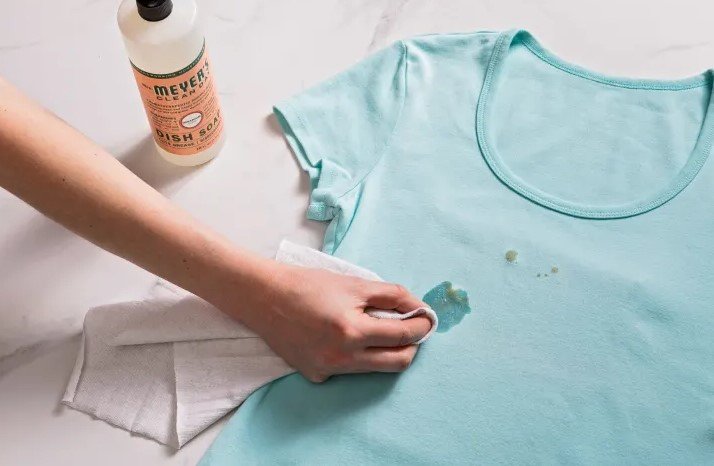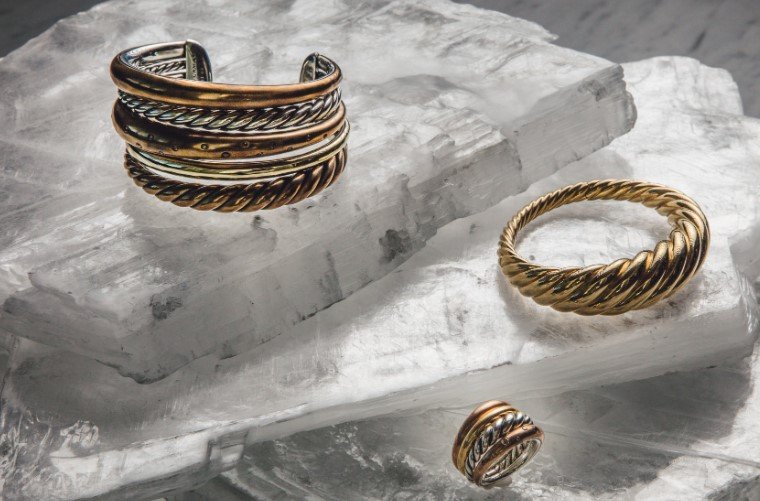If you’ve found yourself facing a stubborn hydraulic oil stain on your clothing, with the right steps and a little elbow grease, you can effectively remove it. Blot excess oil using paper towels, pre-treat with a solvent like rubbing alcohol or dish soap, scrub gently with a toothbrush, then rinse with warm water before applying a heavy-duty laundry detergent and washing on the hottest water setting. Ensure the stain is completely gone before drying, and consider alternative treatments like baking soda or WD-40 if needed. Remember to test any solvent first and avoid mixing chemicals to prevent damage to your fabric.
Key Takeaways:
- Blot Excess Oil: Use paper towels to gently remove as much oil as you can without rubbing it in.
- Pre-Treat with Solvent: Apply rubbing alcohol or dish soap directly to the stain before washing.
- Scrub Gently: Use a soft brush to work the solvent into the stain without causing damage.
- Rinse with Warm Water: Thoroughly rinse the treated area with warm water before laundering.
- Avoid Heat: Do not use direct heat on the stain until it is completely removed to avoid setting it in.
Pre-Treatment Steps
Blot Excess Oil
Some oil stains can be particularly stubborn, but there are steps you can take to improve your chances of removing them. Start by blotting away as much oil as possible from the fabric using paper towels. Remember not to rub the stain, as this can cause it to spread and become more difficult to remove.
Pre-Treat with Solvent
PreTreat the oil stain by applying a solvent-based cleaner like rubbing alcohol or dish soap directly to the affected area. These solvents can help break down the oil and make it easier to remove during the washing process. It’s important to test the solvent on a small, inconspicuous area of the fabric first to ensure it doesn’t cause any damage or discoloration.
It’s crucial to act quickly when dealing with oil stains, as they can set in and become more challenging to remove over time. By pre-treating the stain with a solvent, you can help break down the oil and improve your chances of successfully removing it from your clothing.
Scrub Gently
Scrubbing gently with an old toothbrush or soft brush can help work the solvent into the fabric, further breaking down the oil stain. Remember to scrub in a gentle, circular motion to avoid damaging the fabric. This step can help lift the oil stain before moving on to the washing process.
Solvent-based cleaners are often effective in breaking down oil and grease stains, making them easier to remove from clothing. By scrubbing gently with the solvent, you can effectively target the oil stain and improve your chances of completely removing it from your garment.
Washing and Drying Process
Rinse with Warm Water
If you’ve pre-treated the hydraulic oil stain on your clothing, it’s time to rinse the treated area thoroughly with warm water. This step helps to remove any remaining solvent and loosened oil from the fabric before you proceed to washing.
Laundry Detergent
Assuming you’ve rinsed the stained area, it’s time to apply a heavy-duty laundry detergent directly on the stain. Let the detergent sit for a few minutes to help break down the remaining oil residue before you wash the garment.
Detergent plays a crucial role in oil stain removal as it contains enzymes and surfactants that help to lift the oil from the fabric fibers effectively.
Washing Machine
Washing the garment in the hottest water setting that’s safe for the fabric can help to further remove any remaining oil and detergent residue. Use a heavy-duty laundry cycle to ensure thorough cleaning of the stained area.
Laundry care labels often provide guidance on the recommended water temperature and cycle for specific fabrics, so be sure to check before placing the garment in the washing machine.
Check Before Drying
Even if the stain appears to be gone after washing, it’s vital to check the treated area before drying the garment. Heat from the dryer can set any remaining oil stain, making it harder to remove in the future.
Repeat if Necessary
Repeat the pre-treatment process if necessary before drying the garment. If the stain persists after washing, additional treatment may be required to fully remove the hydraulic oil stain from your clothing.
Alternative Treatments
Keep in mind that there are alternative treatments you can try if traditional methods don’t fully remove the hydraulic oil stain from your clothing. One tip is to use baking soda, cornstarch, or talcum powder to absorb fresh oil stains before attempting to remove them. These powders can help soak up the oil, making it easier to treat the stained area effectively.
Avoid Heat
Little do you know that applying heat to an oil stain before it is completely removed can actually set the stain further into the fabric, making it harder to remove. Avoid ironing or using any direct heat source on the stain until you are sure it has been completely eliminated. This precaution will help prevent the stain from becoming more stubborn and difficult to treat.
WD-40
Some sources suggest using WD-40 as a pre-treatment to help lift older, set-in oil stains before washing. WD-40 is known for its ability to break down tough substances, making it potentially effective in loosening up stubborn oil stains on your clothing. Just remember to test it on a small, inconspicuous area of the fabric first to ensure it doesn’t cause any damage or discoloration.
Oxygen Bleach
Understanding how to effectively use oxygen bleach as a pre-treatment for stubborn oil stains can make a significant difference in removing them from your clothing. Oxygen bleach is a safe and powerful alternative to chlorine bleach that can help break down tough oil stains before washing. Follow the instructions on the product carefully and allow it to sit on the stained area for a period of time before washing to maximize its stain-removing potential.
Another alternative treatment to consider is taking your garment to a professional cleaner who specializes in oil stain removal, especially if you are dealing with delicate fabrics that require special care. These professionals have the expertise and resources to effectively treat and remove stubborn oil stains without causing any damage to your clothing.
Conclusion
Many oil stains can be tough to remove, but with the right techniques, you can successfully get hydraulic oil out of your clothing. Here are some final tips and considerations to keep in mind:
- Knowing the fabric of your garment is crucial when treating oil stains. Delicate fabrics may require special care and professional cleaning.
- Always test any solvent on an inconspicuous area of the fabric first to ensure it doesn’t cause discoloration or damage.
- Avoid mixing different chemicals or solvents, as this can be dangerous and may damage the fabric further.
- If the stain persists after one treatment, repeat the process before drying the garment.
By following these final tips and considerations, you can effectively remove hydraulic oil stains from your clothing and restore them to their original condition. With patience and the right approach, your clothes will be free from oil stains in no time.
FAQ
Q: How do I blot excess oil from clothing?
A: Use paper towels to gently absorb as much oil as possible without rubbing it in.
Q: What solvent can I use to pre-treat the oil stain?
A: You can use rubbing alcohol or dish soap as a solvent-based cleaner to apply directly to the stain.
Q: How should I rinse the treated area before washing?
A: Rinse the treated area thoroughly with warm water to help remove the oil stain.
Q: What should I do if the stain persists after washing?
A: If the stain remains, repeat the treatment process before drying the garment.
Q: Are there alternative treatments to consider for oil stains?
A: You can try using baking soda, cornstarch, or talcum powder to absorb fresh oil stains, or WD-40 for older, set-in stains.
















